
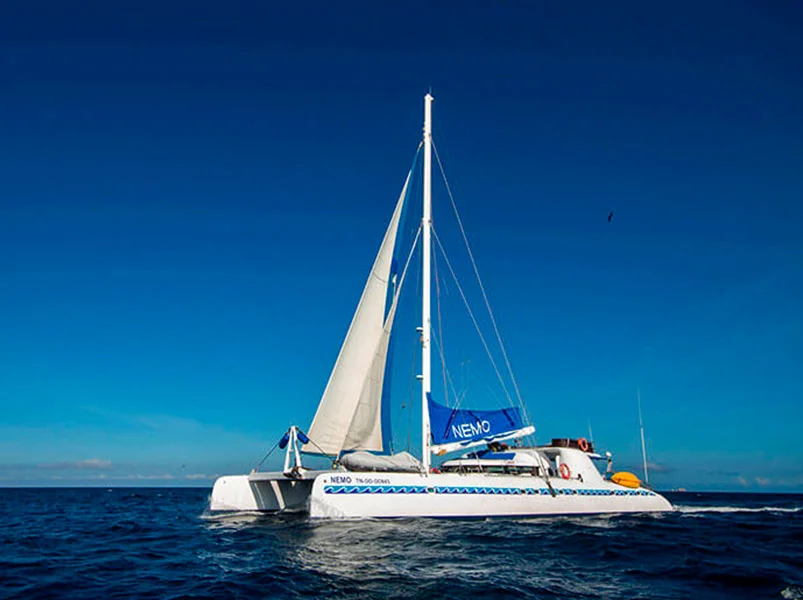
This 5-day Galapagos itinerary showcases the best of the archipelago, from the Charles Darwin Research Station on Santa Cruz to the volcanic landscapes of Fernandina and Santiago. Highlights include snorkeling at Moreno and Elizabeth Bays, spotting flightless cormorants at Espinoza Point, and exploring historic Buccaneer Cove. Perfect for wildlife lovers and adventurers.
5 Day Galapagos Itinerary
Day 1: Baltra Island & Santa Cruz Island: Charles Darwin Station
Arrival to the airport in Baltra, reception by the cruise guide and transfer to the yacht.
Guide briefing. Dinner service and navigation to Isabela Island.
Santa Cruz Island: Charles Darwin Station
Welcome cocktail. Lunch service. Dry landing. Visit to Charles Darwin Scientific Station and Breeding Center. An excellent way to begin learning about the islands, their origin and formation. You will learn about how the Galapagos turtles are raised and meet Jorge, the famous solitary turtle. The Scientific Station has its own beach that receives many visitors on weekends.Guide briefing. Dinner service and navigation to Isabela Island.
Meals Included: Lunch / Dinner
Day 2: Isabela Island: Moreno Point & Elizabeth Bay
Breakfast service. Dry landing. Visit to Moreno Point. Deep water snorkeling.
Elizabeth Bay is one of the few places from Galapagos Archipelago in which landing is forbidden. This happens because there is not a single place to stay in, and also to preserve the natural species of plants and animals living there. However, you can swim and play some water sports as a gift. Animals will be happy to welcome you to this water paradise.
Moreno Point
Moreno Point is a place where the forces of the Galapagos have joined to create a work of art. The tour starts with a panga boat ride along the beautiful rocky shores where Galapagos Penguins and shore birds are frequently seen. After a dry landing the path traverses through jagged black lava rock. As the swirling black lava flow gave way to form craters, crystal tide pools formed-some surrounded by mangroves. This is a magnet for small blue lagoons, pink flamingos, blue herons, and Bahamas’ pintail ducks. Brown pelicans can be seen nesting in the green leaves of the mangroves. You can walk to the edge of the lava to look straight down on these pools including the occasional green sea turtle, white-tipped shark and puffer fish. This idyllic setting has suffered from the presence of introduced species. Feral dogs in the area are known to attack sea lions and marine iguanas.Elizabeth Bay
Lunch service and navigation to Elizabeth Bay. Wet landing. Nature walk and more wildlife watching. Shallow water snorkeling.Elizabeth Bay is one of the few places from Galapagos Archipelago in which landing is forbidden. This happens because there is not a single place to stay in, and also to preserve the natural species of plants and animals living there. However, you can swim and play some water sports as a gift. Animals will be happy to welcome you to this water paradise.
Guide briefing. Dinner service and navigation to Fernandina
Meals Included: Breakfast / Lunch / Dinner
Day 3: Fernandina Island: Espinoza Point & Isabela Island: Vicente Roca Point
Breakfast service. Dry landing. Nature walk. Panga boat ride. Deep water snorkeling.
Wet landing. Nature walk. Deep water snorkeling.
Fernandina Island is the youngest and most active volcano in the Galapagos, with eruptions taking place every few years. The flat lava of Punta Espinosa offers a stark and barren landscape, but here flightless cormorants build their nests on the point, sea lions sprawl on the beach or play in the tide pools and large numbers of marine iguanas dot the sand. We also will have the opportunity to compare the Aa and Pahoehoe lava types here.
Guide briefing. Dinner service and navigation to Santiago Island.
Fernandina Island: Espinoza Point
Lunch service and navigation to Espinoza Point on Fernandina Island.Wet landing. Nature walk. Deep water snorkeling.
Fernandina Island is the youngest and most active volcano in the Galapagos, with eruptions taking place every few years. The flat lava of Punta Espinosa offers a stark and barren landscape, but here flightless cormorants build their nests on the point, sea lions sprawl on the beach or play in the tide pools and large numbers of marine iguanas dot the sand. We also will have the opportunity to compare the Aa and Pahoehoe lava types here.
Isabela Island: Vicente Roca Point
Punta Vicente Roca visitor site is the best place to find the famous flightless cormorant. The evolution process that this specie went through can be observed on his behavior and environment on this location, providing evidence to understand Darwin’s theory of evolution. Located on the north side, the head of the sea horse is a very important marine productive area, hit by the Cromwell Current, offers the most extraordinary marine life so it is considered one of the best diving spots of the archipelago. Whales and sharks are often seen in our visits.Guide briefing. Dinner service and navigation to Santiago Island.
Meals Included: Breakfast / Lunch / Dinner
Day 4: Santiago Island: Puerto Egas, Espumilla Beach & Buccaneer Cove
Breakfast service. Wet landing.
Puerto Egas
Nature walk, salt mines and fur seal grotto. Shallow water snorkeling.
A visit to Puerto Egas begins with a wet landing on the dark sand beaches of James Bay. Taking a walk along the rocky coast offers visitors the opportunity to view some of the Galapagos Island's best tide pools. Sponges, snails, hermit crabs, barnacles and fish including the endemic four-eyed blenny can be seen. The walk also presents visitors with a variety of shore birds, marine iguanas, sally light foot crabs and sea lions.
There are two interesting excursions conducted from Puerto Egas. The first is a short walk from the landing site that brings visitors to the site of one of the Galapagos' first entrepreneur endeavors. For decades salt was extracted from a local salt crater. The industry was abandoned in the 1950's leaving behind a variety of rusted old machines and parts of buildings. The trail follows the path once used by wagon trains to the crater cone. The steep trail is easy, but can often seem one of the hottest hikes in the islands. Feral goats prune the arid vegetation, which lines the trail. The goats feed on any leaf within reach leaving little left for the endemic island creatures. Bird lovers will be delighted with the opportunity to catch a glimpse of one of Darwin’s finch, the endemic Galapagos hawk, or the colorful vermillion flycatcher.
Finally reaching the crater rim presents an incredible vista. Looking into the crater you are able to see this extinct volcano whose floor has sunken below sea level. Salt water seeps into the crater creating a small salt lake. The sun evaporates the water, leaving the salt that many have tried to mine without success.
Looking away from the crater are the older orange lava fields supporting vegetation including the Palo Santo trees and the younger desolate black lava fields.
The second excursion begins just a short distance beyond the tide pools and heads to the fur seal grotto. Fur seals and sea lions can be seen swimming in the rocky lava ringed pools. This may be the only opportunity visitors have to see and swim with fur seals.
Fur seals were once hunted to near extinction for their coats. The Galapagos Fur Seal is the smallest of the fur seals found in the southern hemisphere, now compare in numbers with the sea lions. During the day they hide from the hot equatorial sun in shelves or caves of the rocky lava cliffs. At night they feed on squid and fish avoiding the sharks, which are their natural predator.
The crystal clear water, volcanic bridges, fur seals and sea lions make this a magnificent place for swimming and snorkeling.
A visit to Puerto Egas begins with a wet landing on the dark sand beaches of James Bay. Taking a walk along the rocky coast offers visitors the opportunity to view some of the Galapagos Island's best tide pools. Sponges, snails, hermit crabs, barnacles and fish including the endemic four-eyed blenny can be seen. The walk also presents visitors with a variety of shore birds, marine iguanas, sally light foot crabs and sea lions.
There are two interesting excursions conducted from Puerto Egas. The first is a short walk from the landing site that brings visitors to the site of one of the Galapagos' first entrepreneur endeavors. For decades salt was extracted from a local salt crater. The industry was abandoned in the 1950's leaving behind a variety of rusted old machines and parts of buildings. The trail follows the path once used by wagon trains to the crater cone. The steep trail is easy, but can often seem one of the hottest hikes in the islands. Feral goats prune the arid vegetation, which lines the trail. The goats feed on any leaf within reach leaving little left for the endemic island creatures. Bird lovers will be delighted with the opportunity to catch a glimpse of one of Darwin’s finch, the endemic Galapagos hawk, or the colorful vermillion flycatcher.
Finally reaching the crater rim presents an incredible vista. Looking into the crater you are able to see this extinct volcano whose floor has sunken below sea level. Salt water seeps into the crater creating a small salt lake. The sun evaporates the water, leaving the salt that many have tried to mine without success.
Looking away from the crater are the older orange lava fields supporting vegetation including the Palo Santo trees and the younger desolate black lava fields.
The second excursion begins just a short distance beyond the tide pools and heads to the fur seal grotto. Fur seals and sea lions can be seen swimming in the rocky lava ringed pools. This may be the only opportunity visitors have to see and swim with fur seals.
Fur seals were once hunted to near extinction for their coats. The Galapagos Fur Seal is the smallest of the fur seals found in the southern hemisphere, now compare in numbers with the sea lions. During the day they hide from the hot equatorial sun in shelves or caves of the rocky lava cliffs. At night they feed on squid and fish avoiding the sharks, which are their natural predator.
The crystal clear water, volcanic bridges, fur seals and sea lions make this a magnificent place for swimming and snorkeling.
Espumilla Beach
Visitors who now come to Espumilla Beach mostly do so in search of birds rather than water. A short walk inland takes visitors through a mangrove forest normally inhabited by the common stilt. Sea turtles also visit these mangroves to nest. Beyond the mangroves is a brackish lagoon where flocks of pink flamingos and white cheeked pintails can be seen. The trail makes a loop heading over a knob into a sparely forested area then back to the beach. Along the way those with a watchful eye may spot a variety of Darwin finches or a vermilion fly catcher. Once back at the beach visitors may have the chance to swim or snorkel time permitting.
Buccaneer Cove
Lunch service. Panga boat ride to Buccaneer´s Cove. Deep water snorkeling.
Less than an hour north of Puerto Egas, Buccaneers Cove served as a safe haven for pirates, sailors and whalers during the 18th and 19th century. Anchoring in the protected bay they were able to make much needed repairs to their ships while other men went ashore to stock up on salt, tortoises, fresh water and firewood. Several years ago ceramic jars were found at the bottom of the bay, the disregarded cargo of some mariner from years ago. Inside the jars were supplies of wine and marmalade.
Few boats stop at Buccaneers Cove today. Though many cruise by at a slow speed giving visitors the opportunity to view the steep cliffs made of tuff formations and the dark reddish-purple sand beach. This dramatic landscape is made all the more impressive by the hundreds of seabirds perched atop the cliffs. Two of the more recognizable rock formations are known as the "monk" and "elephant rock". A large population of feral goats now frequents Buccaneers Cove and this portion of Santiago. The National Park Service has fenced off part of the area to protect the native vegetation from the destructive eating habits of this introduced species. A wet landing on the large coffee-colored sand beach is just north of the prized fresh water supply that once attracted pirates and whalers.
Guide briefing. Dinner service and navigation to Daphne
Less than an hour north of Puerto Egas, Buccaneers Cove served as a safe haven for pirates, sailors and whalers during the 18th and 19th century. Anchoring in the protected bay they were able to make much needed repairs to their ships while other men went ashore to stock up on salt, tortoises, fresh water and firewood. Several years ago ceramic jars were found at the bottom of the bay, the disregarded cargo of some mariner from years ago. Inside the jars were supplies of wine and marmalade.
Few boats stop at Buccaneers Cove today. Though many cruise by at a slow speed giving visitors the opportunity to view the steep cliffs made of tuff formations and the dark reddish-purple sand beach. This dramatic landscape is made all the more impressive by the hundreds of seabirds perched atop the cliffs. Two of the more recognizable rock formations are known as the "monk" and "elephant rock". A large population of feral goats now frequents Buccaneers Cove and this portion of Santiago. The National Park Service has fenced off part of the area to protect the native vegetation from the destructive eating habits of this introduced species. A wet landing on the large coffee-colored sand beach is just north of the prized fresh water supply that once attracted pirates and whalers.
Guide briefing. Dinner service and navigation to Daphne
Meals Included: Breakfast / Lunch / Dinner
Day 5: Daphne Island & Baltra Island
Circumnavigation. Breakfast service. Check out and airport departure at 8 AM.
Among the central islands of the Galapagos Archipelago, Daphne Island sits north of Santa Cruz Island and west of Baltra Island. In reality there are two islands: Daphne Major and Daphne Minor. They are one of the more accessible Galapagos Islands and are easily reached by most tour boats and cruises. Please note that disembarkation on these islands is not possible, therefore we will sail around them for one last look at the beautiful vistas of Galapagos.
Among the central islands of the Galapagos Archipelago, Daphne Island sits north of Santa Cruz Island and west of Baltra Island. In reality there are two islands: Daphne Major and Daphne Minor. They are one of the more accessible Galapagos Islands and are easily reached by most tour boats and cruises. Please note that disembarkation on these islands is not possible, therefore we will sail around them for one last look at the beautiful vistas of Galapagos.
Meals Included: Breakfast
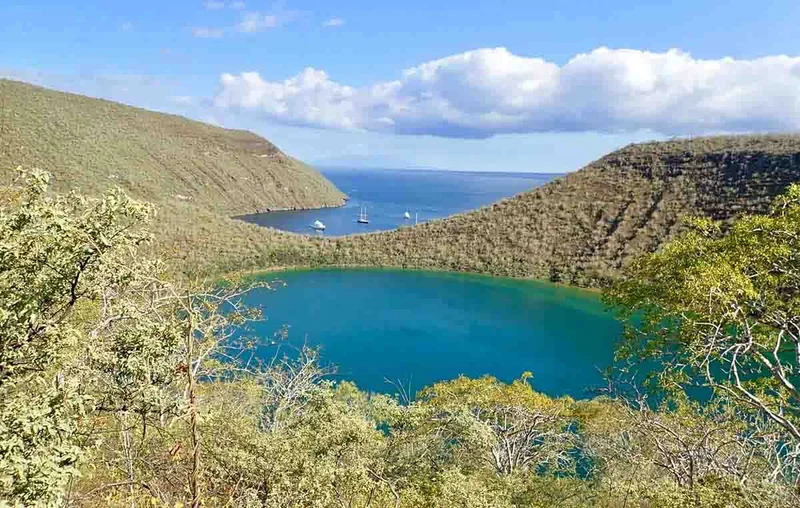
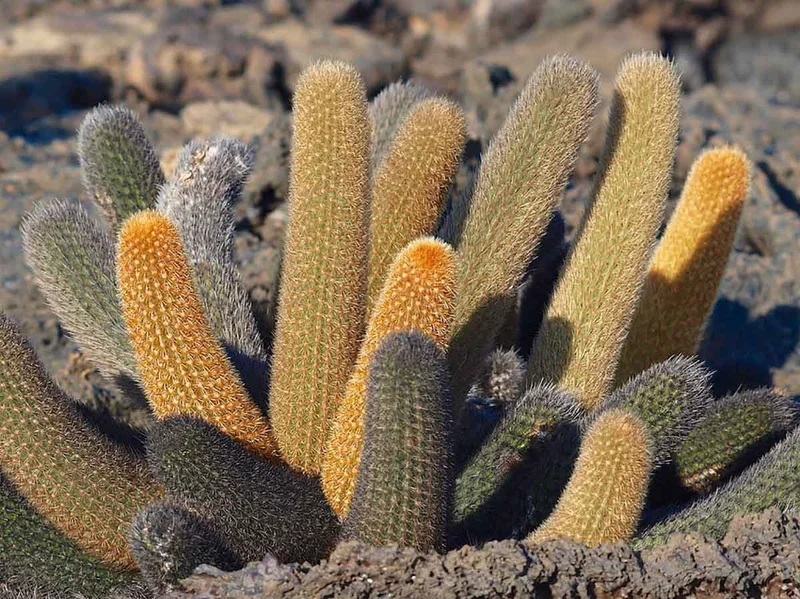
+12
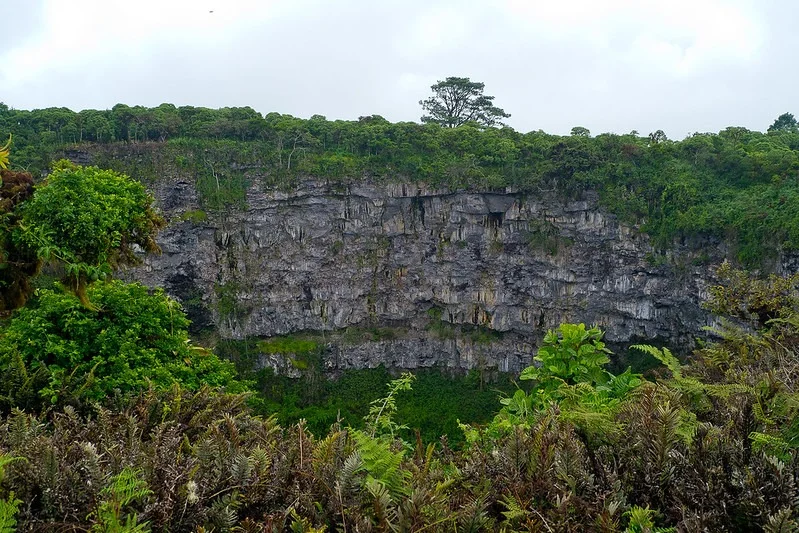
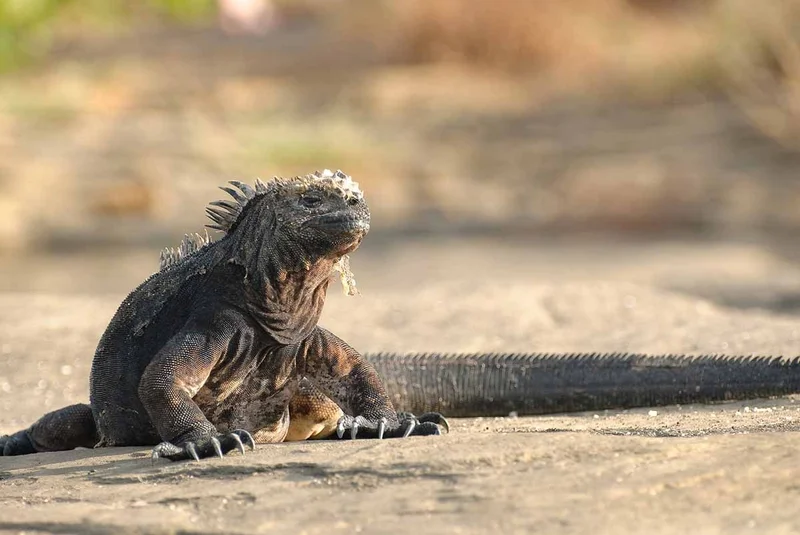
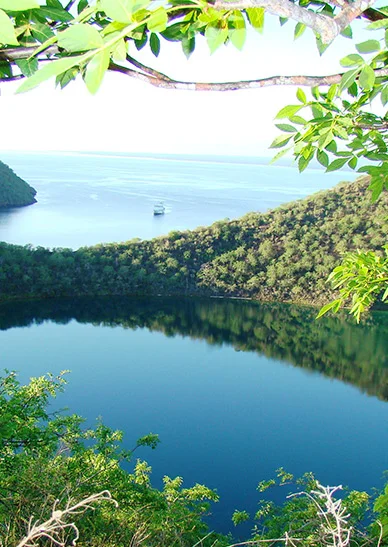
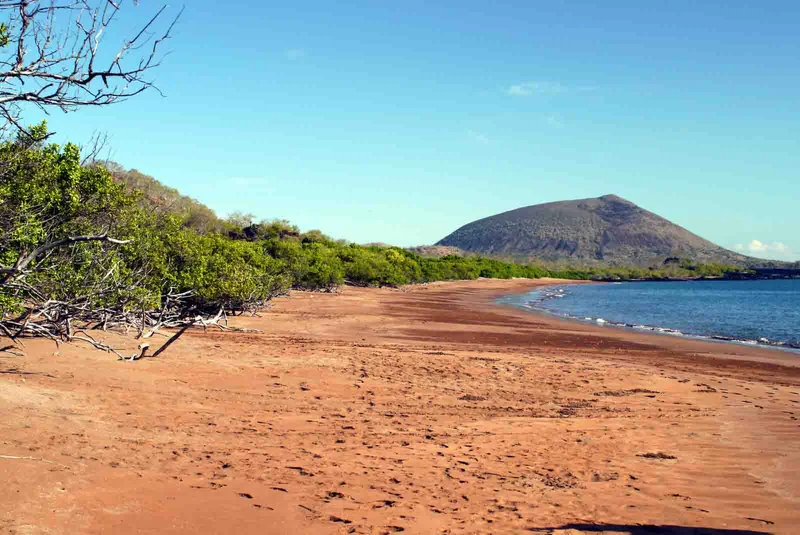
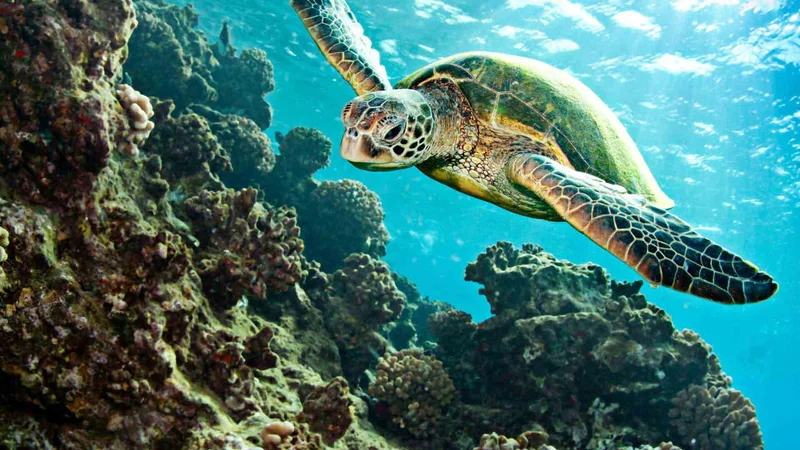
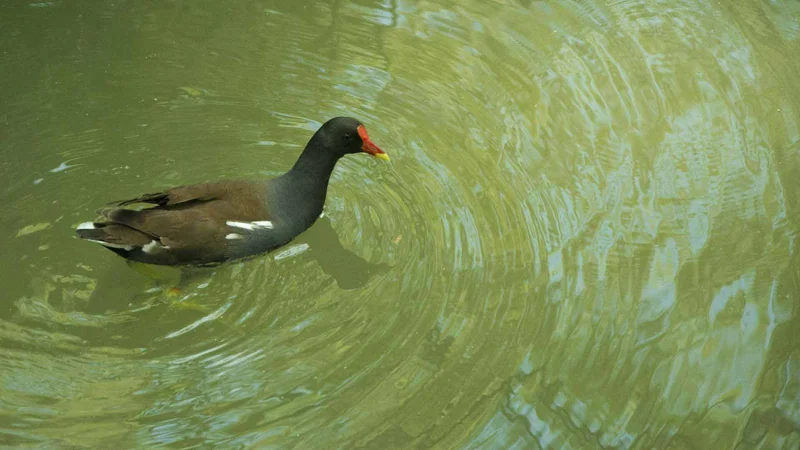
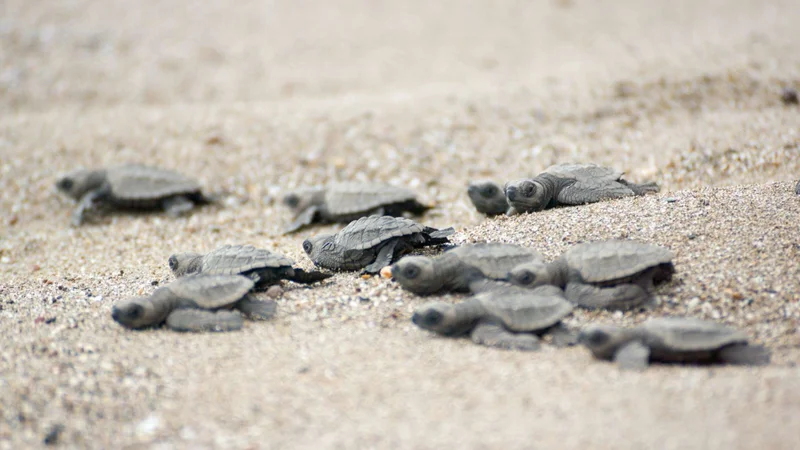
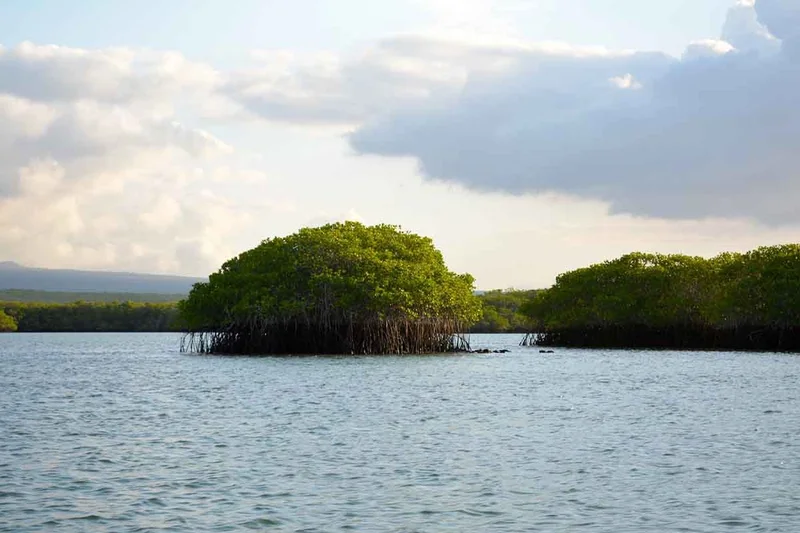
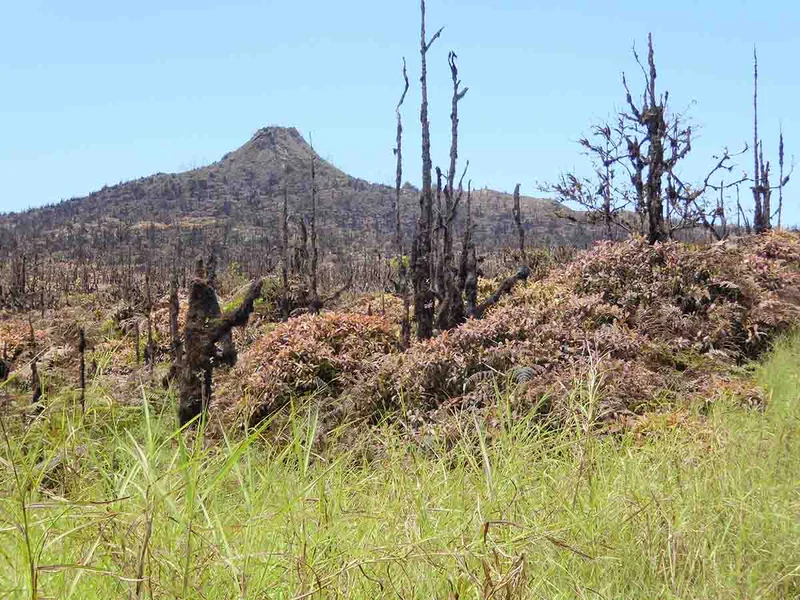
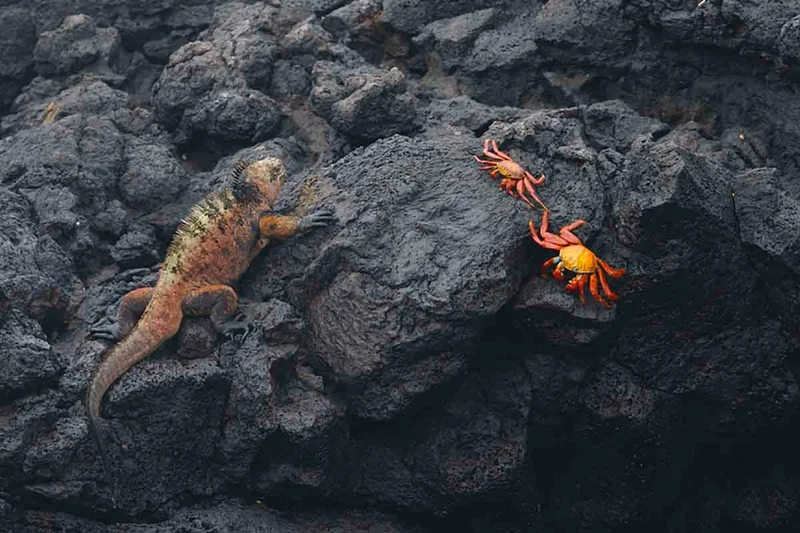
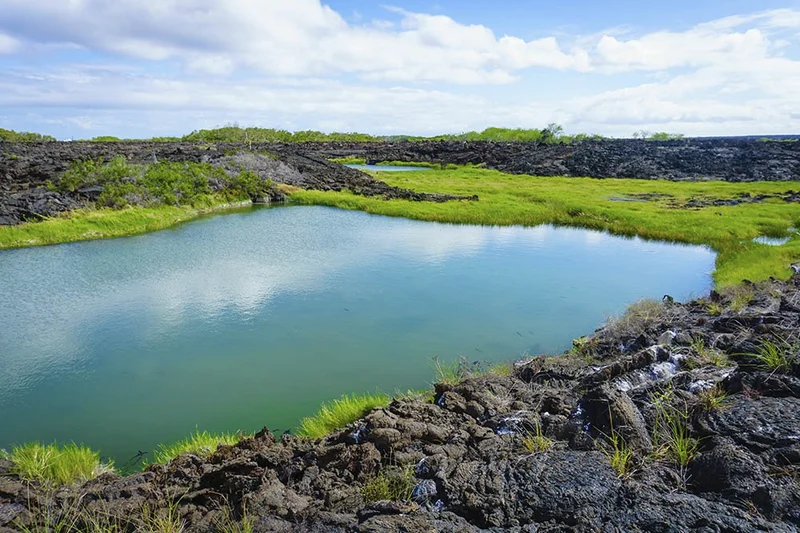
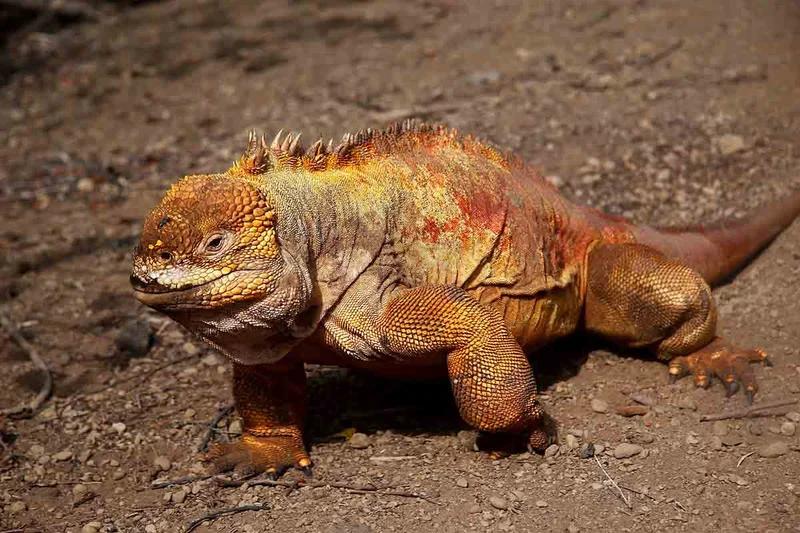
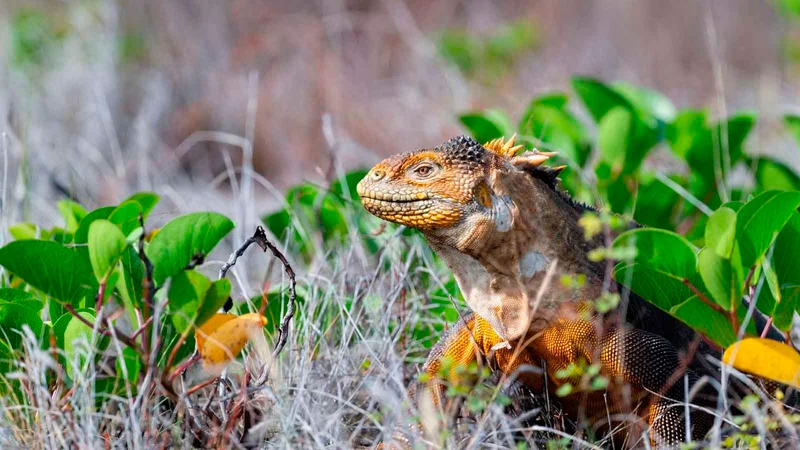
5 Day Galapagos Itinerary Includes
- Scheduled visits and activities with a professional bilingual guide
- All meals on board, snacks, purified water, tea and coffee
- Accommodation in standard cabin / bunk with private bathroom and air conditioning
- Assistance 24/7 during the trip
5 Day Galapagos Itinerary Does not Include
- Air tickets to / from Galapagos from / to Quito, Guayaquil or combined route
- Entrance to the Galapagos National Park US $ 200 p.p. (cash in the Islands)
- Galapagos Control Card US $ 20 p.p. (at the airport before check-in)
- Soft and alcoholic drinks on board; personal expenses, extras and tips guide and crew (cash)
- Rent of snorkeling equipment and wet-suits on board (in cash)
- Travel insurance with medical, cancellation and other unforeseen coverage
- Other services in Continental Ecuador and not specified in the program
Itinerary Map
Click on the map to navigate the itinerary
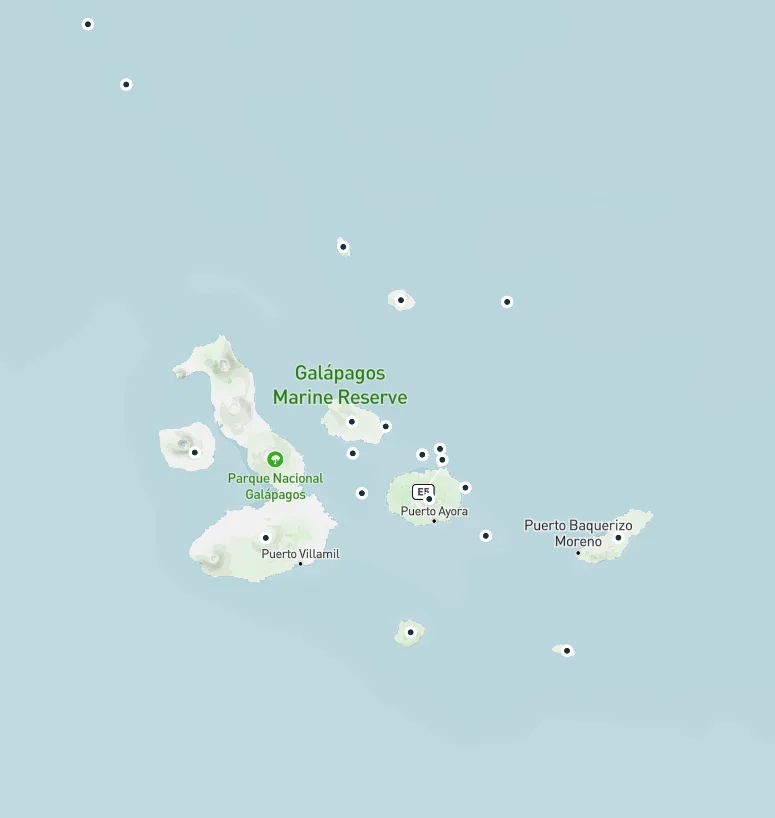
Animals you might see on this itinerary:
0 / 0
More information about the Galapagos Islands you visit in this 5 day itinerary:
Southern & Central Islands of Galápagos 5-Day Cruise - Nemo I Catamaran
From USD 2800,00
Why travel with us?
Similar Itineraries
Grand Daphne
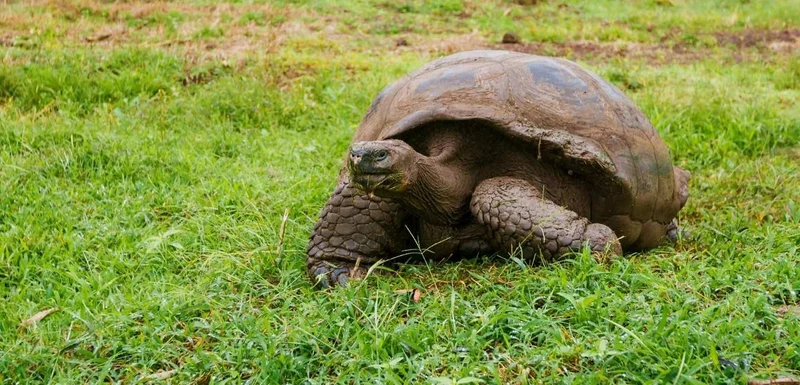
From USD 3689,00 pp
Galapagos Islands
5 Days
Itinerary 5 Days
Natural Paradise
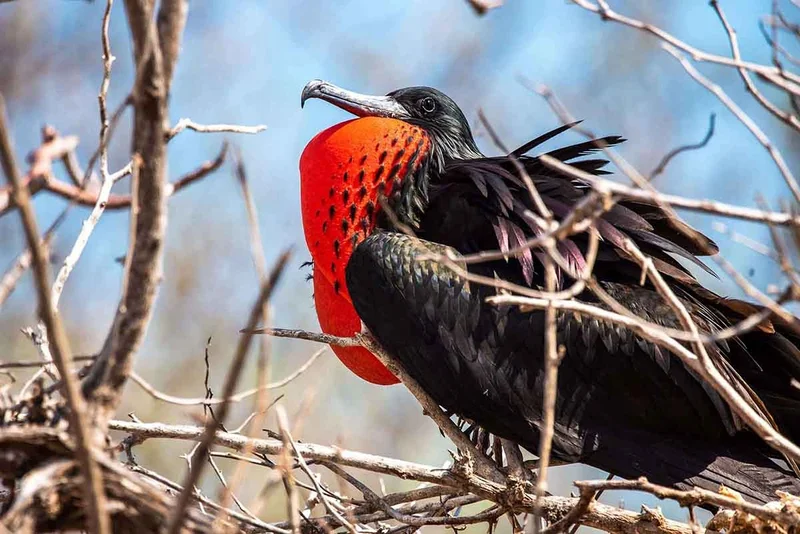
From USD 3245,00 pp
Galapagos Islands
4 Days
Discover The Enchanting Galapagos Islands On A 4 Day Galapagos Cruise
Ocean Spray
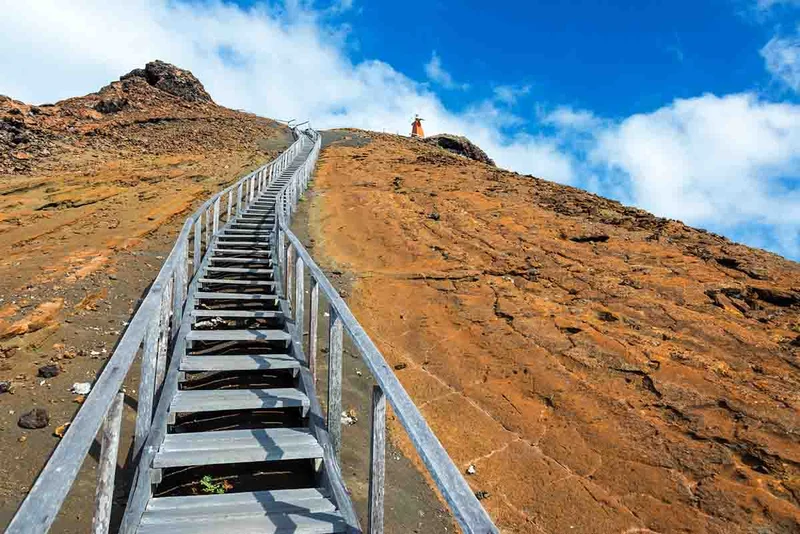
From USD 5190,00 pp
Galapagos Islands
5 Days
Galapagos 5 Days Cruise On Board The Ocean Spray North And Central Islands
Aqua
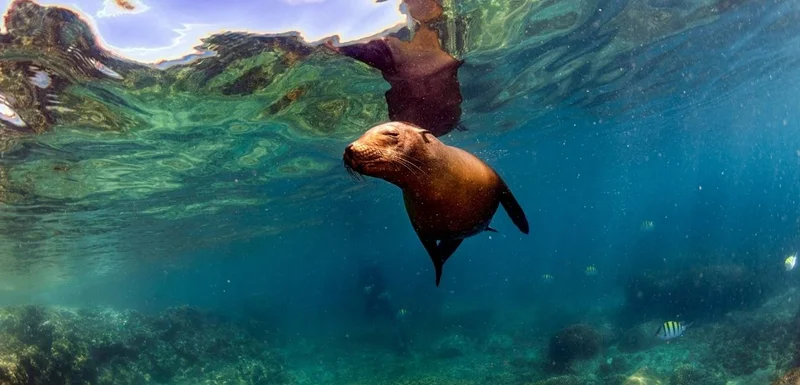
Request a quote
Galapagos Islands
8 Days
Diving Itinerary